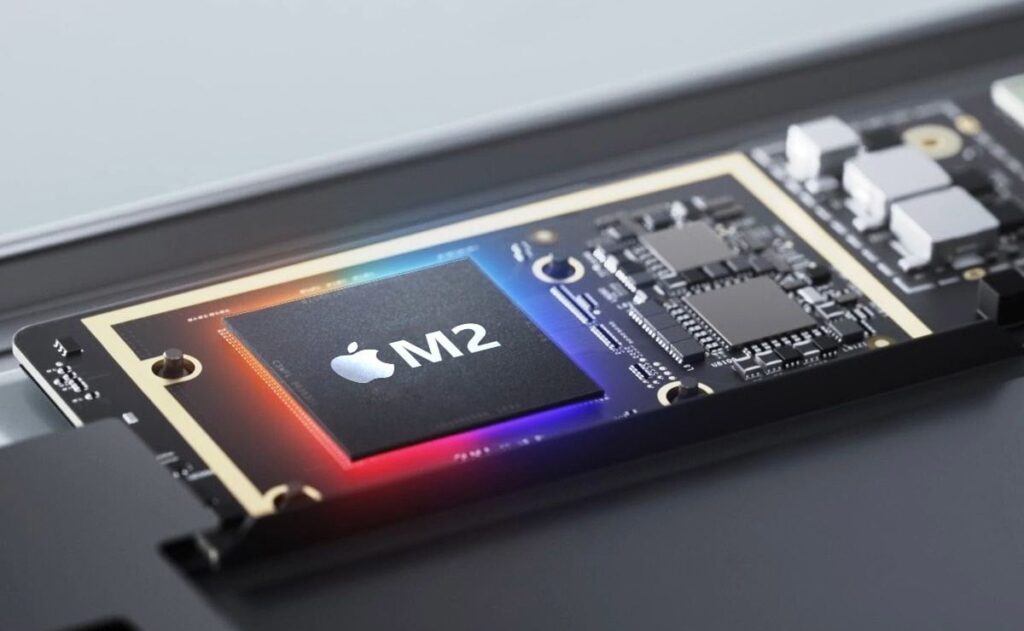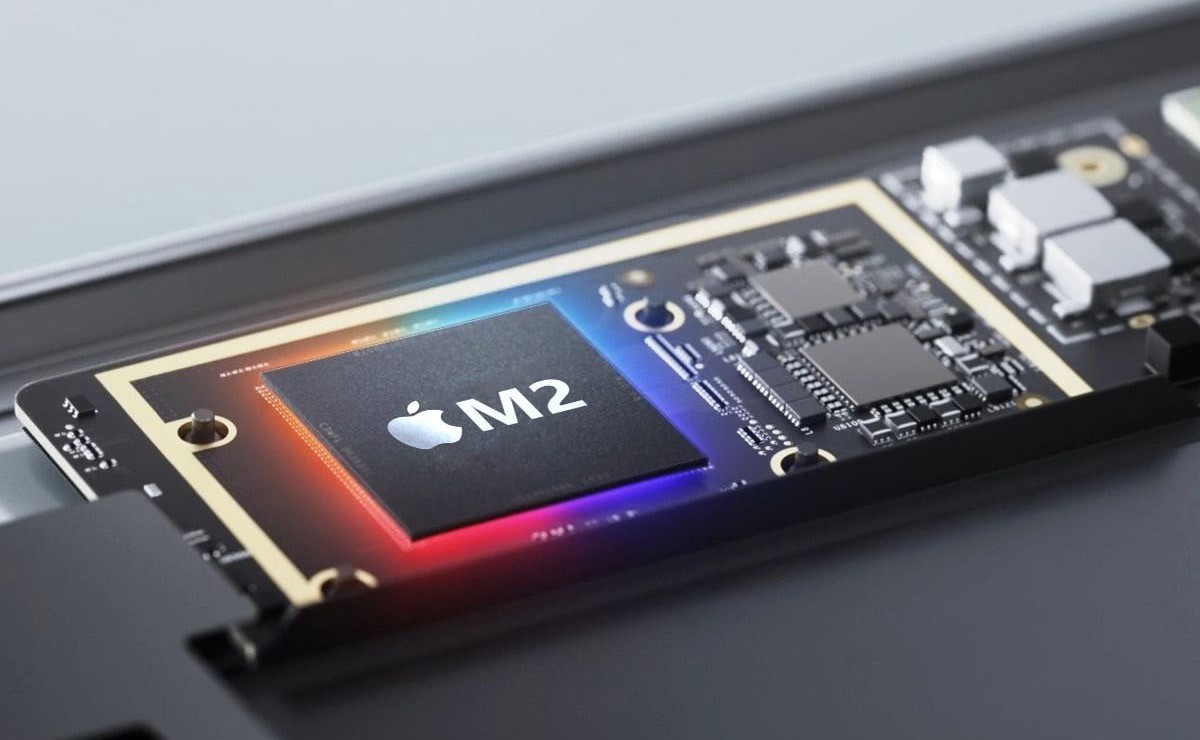More Insanely Powerful M2 Chip Coming to Apple’s New MacBook Pro
More Insanely Powerful M2 Chip Coming to Apple’s New MacBook Pro Apple’s M1 chip has so far proven to be an absolute powerhouse. It has soundly demolished the competition. But that’s just the beginning. We know Apple has something even greater in the works. It isn’t easy to imagine what’s next. But, considering the M1 chip is only found in Apple’s entry-level systems (the MacBook Air, MacBook Pro, Mac mini, Mac mini, and the amazing new 24-inch iMac), we have been waiting for the other shoe.
The M1 MacBook Air outperforms all Intel Macs, even the 16-inch MacBook Pro. It can also compete with Apple’s $6,000 Mac Pro. However, we know that Apple is developing new 14-inch MacBooks and 16-inch MacBooks, which will almost certainly get an even better “M1”. According to Nikkei Asia now, Apple’s next-generation chip is in production and will likely be called the “M2”.
Although the name is still in flux, some believe Apple may go with “M1X” as a more formal designation than traditional iPhone/iPad chips. The M1 chip is more than any AX series chip Apple’s ever made. Apple has even bet its future iPad Pro lineup on it. While “M2” sounds like a good next step, the real question is: What does Apple do for an encore.
The M1 is the best performing Intel chip in terms of performance. We may soon be at the tipping point of diminishing returns, especially after the M1’s illustrious debut last fall.
There is still room for improvement in performance areas, especially considering that the M1 has a complete system-on-a-chip (SoC) and not just a CPU. There are also GPUs and RAM inside the M1 and storage controllers (Thunderbolt and PCI Express controllers), image signal processors, and security features.
It seems clear, for instance, that the M1 has 16GB RAM and 2TB SSDs. The M1 Mac configurations that are available at this time do not exceed these numbers. If you need a MacBook Pro with 32GB RAM or more, or a 4TB, 8TB, or 8TB SSD, then you will have to stick with Intel. The M2 will push the MacBook Pro into higher RAM and SSD capacities.
While the M1 architecture is a great way to do more with less RAM, you must have enough RAM available for high-end applications such as 8K video rendering and 3D animation. Also, the M1 only supports two Thunderbolt ports. Although the latest iMac has four ports at the back, only two are Thunderbolt/USB 4 ports. The other two ports are USB 3 ports with a USB connector.
The M1 cannot drive more than two displays at maximum resolution. It can support external resolutions up to 6K, such as Apple’s Pro Display XDR. However, serious users may require more than one display.
The internal display and one external display are the same on the MacBook Air, MacBook Pro, new 24-inch iMac. The Mac mini doesn’t come with a built-in display. However, it can have two external displays. One can be driven at 6K resolution via Thunderbolt, while the other can only be driven via HDMI 2.0.
There are still areas in which the M1 chip isn’t completely dominant over its Intel counterparts. This is especially evident on machines equipped with discrete AMD GPUs. Although it is unlikely that Apple will use separate GPUs on its highest-end Mac Pro systems, the M2 will add more powerful GPU cores or more to the Mac Pro along with Thunderbolt lanes to drive at most two external displays.
This M2 chip will be featured in Apple’s next-generation MacBook Pro models. These models are expected to arrive later in the year. It could also be a great candidate for a 27 inch iMac. This new iMac Pro could even be rebranded to distinguish it from the 24-inch model that Apple just released.
Apple’s super-powerful Mac Pro is still in development. We expect an even faster custom-designed SoC to blow the doors off all other computers. Apple’s rumored to be designing an M1 successor with up to 32 high-performance CPU cores, although it’s unlikely we’ll see that arrive before 2022.

